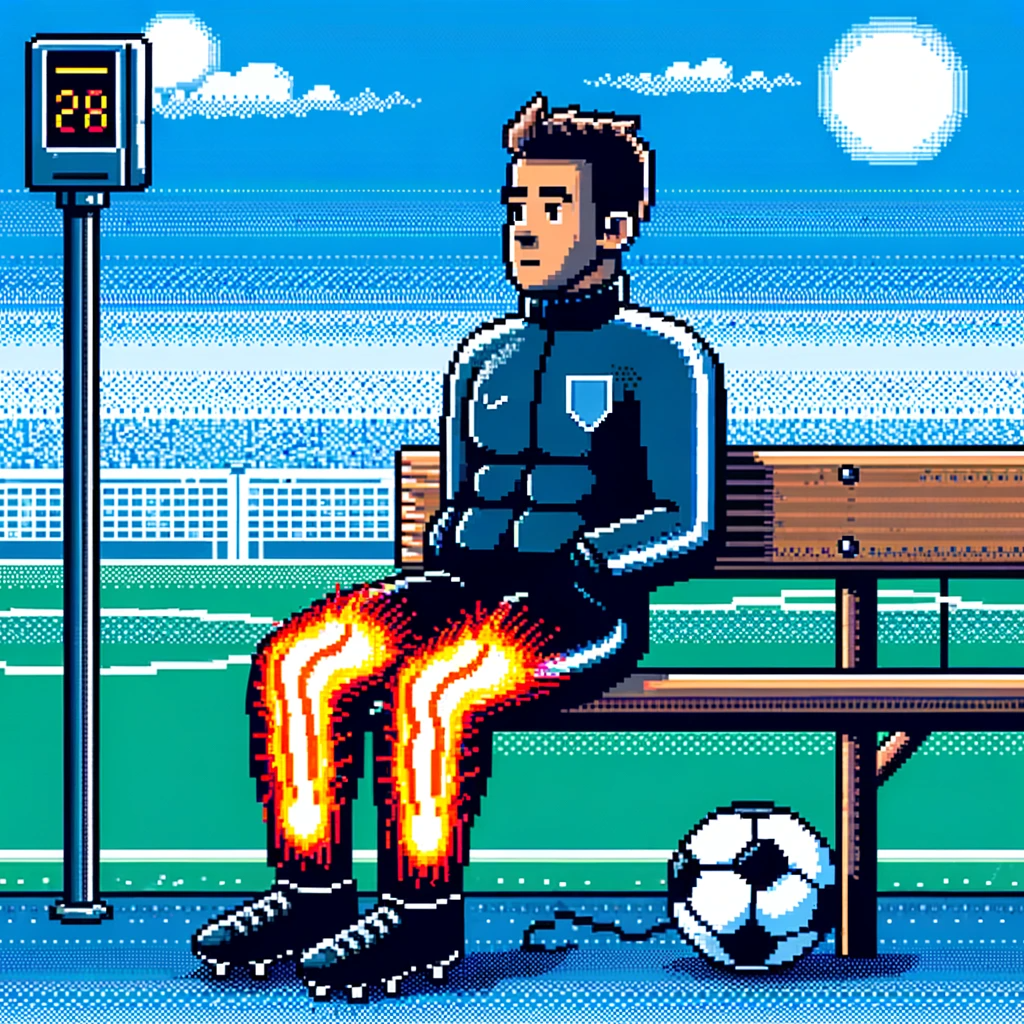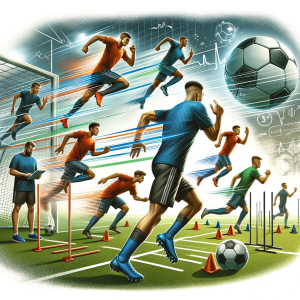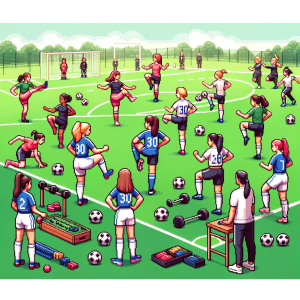
Harnessing Heat: Elevating the Game for Soccer Substitutes
In the ever-evolving landscape of soccer, the quest for marginal gains is ceaseless. A recent study, “Physiological mechanisms associated with the use of a passive heat intervention: positive implications for soccer substitutes in the European Journal of Applied Physiology, sheds light on a revolutionary approach to maintaining player performance during the crucial waiting periods of a match—specifically focusing on the role and readiness of substitutes. This blog delves into the study’s findings and explores their implications for soccer coaching and player development, making the science accessible and actionable for anyone passionate about the sport.
Understanding the Challenge
Before diving into the action’s heat, let’s set the scene. Soccer substitutes often face long periods of inactivity, especially between their pre-match warm-up and actual playtime. This inactivity can decrease muscle and core temperatures, which detrimentally affects performance. The study meticulously explores how using passive heat interventions, namely heated trousers, can significantly mitigate these temperature declines, ensuring players are closer to optimal performance conditions when they step onto the field.
The Study at a Glance
The research conducted rigorous tests on eight male soccer players across varying ambient and cold temperatures. The players underwent a standard pre-match warm-up followed by a simulation of sitting out as substitutes for the first half of a match. During this period, they wore either standard tracksuit bottoms or heated trousers. The results were telling: the heated trousers significantly reduced the decrease in muscle and core temperatures compared to the standard tracksuit, particularly in colder conditions.
Implications for Soccer Coaching and Player Development
- Enhanced Readiness:
- Physical Readiness: By attenuating the drop in muscle and core temperatures, substitutes can enter the game physiologically closer to their peak performance state, potentially reducing the risk of injury and enhancing their ability to make an immediate impact.
- Mental Edge: Knowing they are physically prepared, players might also benefit from increased psychological readiness, feeling more confident and focused when called upon.
- Strategic Edge in Cold Environments:
- The study highlighted more significant benefits in colder temperatures. This insight is particularly relevant for teams playing in cooler climates, where maintaining muscle temperature is even more challenging and crucial.
- Long-Term Player Development:
- Consistently ensuring that players are at their physiological best when entering the game can contribute to better performance and, over time, enhance player development. By integrating passive heating strategies, coaches can foster an environment of continuous readiness and peak performance.
- Innovation in Coaching Tactics:
- This research encourages a broader perspective on preparation and strategy, pushing coaches to consider innovative methods like passive heating in their tactics, especially when dealing with player rotations and substitutions.
Incorporating Science into the Game Plan
For coaches, trainers, and even players, understanding and applying the findings from this study could be a game-changer. Integrating heated garments or similar passive heating methods into the substitution strategy could significantly impact a player’s contribution upon entering the game. However, it’s also crucial to balance these strategies with overall player comfort, safety, and the specific demands of the game at hand.
Concluding Thoughts
The realm of soccer is one where every second and every slight advantage can make a monumental difference. The study we’ve explored offers a compelling look at how embracing scientific advancements can provide those marginal gains teams are constantly seeking. As the game continues to evolve, so too should our approaches to coaching, preparation, and player management. Passive heat interventions represent just one of the many innovations steering the future of soccer strategy and player development.
For the Love of the Game
In conclusion, the findings present an exciting opportunity for soccer teams at all levels. By understanding and applying this knowledge, coaches, and players can ensure that substitutes are ready and optimally prepared to make a winning difference.



